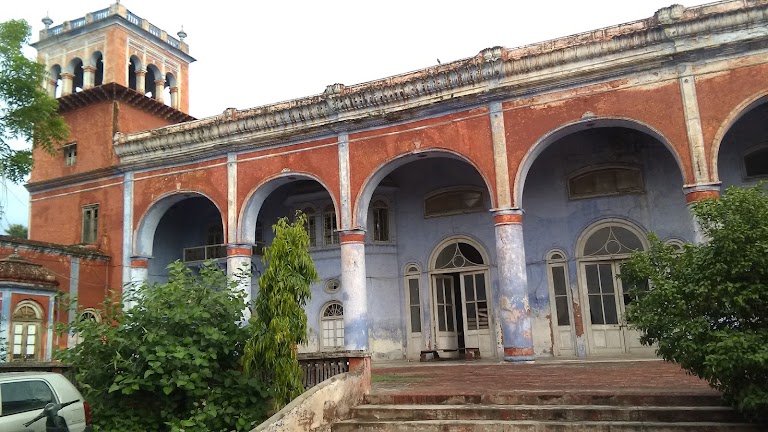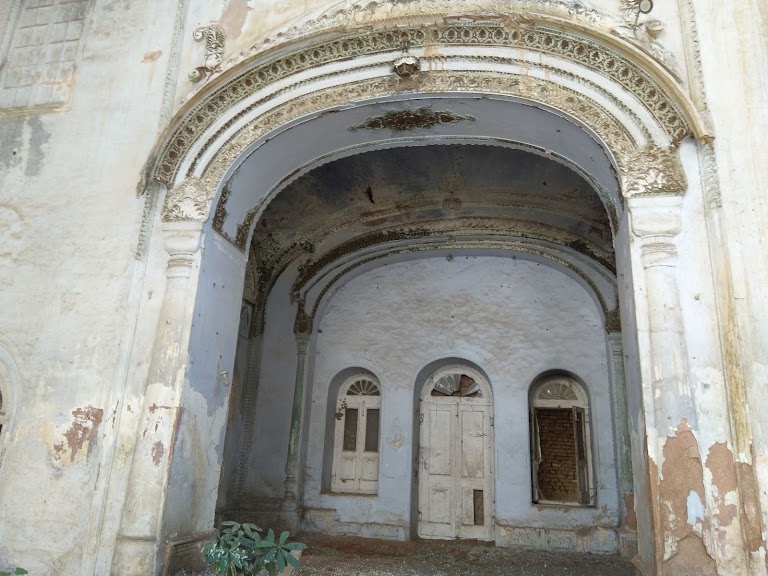

At the very heart of Malerkotla, Sheesh Mahal stands as a stunning reminder of the elegance and grandeur that once defined the royal courts of Punjab. The palace, also known as Diwankhana Sheesh Mahal, was the royal residence of the Nawabs of Malerkotla, built to reflect both their power and their refined artistic sensibilities. Constructed by Nawab Sikandar Ali Khan and Nawab Ahmed Ali Khan, Sheesh Mahal is a masterpiece of Mughal and Indo-Islamic architectural fusion. What makes this royal abode so remarkable is its signature glasswork, which adorns the palace's interior walls and ceilings. The palace is divided into two distinct parts, each showcasing a different era of craftsmanship. The right wing, completed during Nawab Sikandar Ali Khan’s reign, features intricate glass mosaics that dazzle in sunlight and shimmer under candlelight. The left wing, completed around 1909 AD under the reign of Nawab Ahmed Ali Khan, is equally mesmerizing, adorned with glass inlays that reflect a more modern artistic approach yet remain faithful to the regal traditions of the time. The intricate mirror mosaics of Sheesh Mahal are its most defining feature. These glimmering surfaces, which catch and reflect light in an enchanting dance, give the palace its name – "Sheesh," meaning mirror. Walking through the palace is a sensory experience: the interplay of light and reflection creates a captivating illusion of infinite space, transporting visitors to an age of opulence. Arched entrances, ornate balconies, and elegant columns blend Mughal grace with Punjabi aesthetic sensibilities, resulting in a structure that is not just a residence but a palace designed to impress, awe, and inspire. This royal palace is also a testament to the Nawabs’ deep appreciation for art and architecture. Nawab Sikandar Ali Khan, a lover of aesthetics, laid the foundation for the palace's glasswork, while his successor, Nawab Ahmed Ali Khan, completed its left-wing. Their combined vision resulted in a palace that stands as a glittering icon of royal sophistication. Today, visitors to Sheesh Mahal are invited to step into a world of exquisite beauty and royal charm. The mirrored walls dazzle the eye, creating an illusion of endless space, while the palace's arched doorways and grand halls speak of a time when art and power were inextricably linked. Standing inside this regal abode, one can almost hear the echo of courtly music, the soft murmur of royal gatherings, and the clinking of glasses as the Nawabs entertained their guests in grand style.